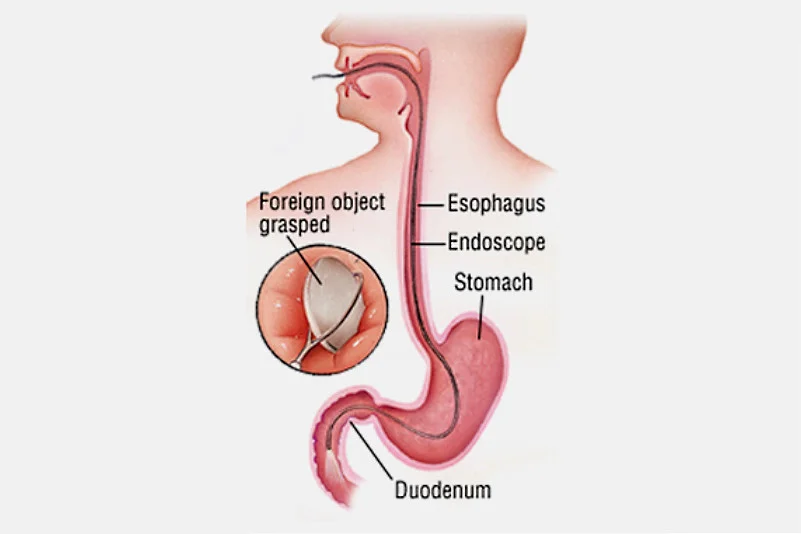
Dr. Piyush Gupta, one of the best gastroenterologists in North Delhi, offers advanced Endoscopic Foreign Body Removal procedures for safe and precise extraction of swallowed or lodged objects from the gastrointestinal tract. Using state-of-the-art endoscopic techniques, Dr. Gupta ensures a minimally invasive, quick, and effective solution to remove foreign bodies from the esophagus, stomach, or intestines without the need for major surgery.

Foreign Body Removal is a minimally invasive endoscopic procedure used to safely extract swallowed or lodged objects from the digestive tract. It helps prevent complications caused by stuck items in the esophagus, stomach, or intestines. The procedure is quick, safe, and ensures faster recovery with minimal discomfort.
It is required when objects like coins, bones, buttons, or food pieces get lodged in the digestive tract and cannot pass naturally.
No. The procedure is done under mild sedation or anesthesia, ensuring the patient feels comfortable and experiences minimal pain.
Complications are rare when performed by an experienced gastroenterologist. Mild sore throat or temporary discomfort may occur but usually resolves soon.
Yes. Children often swallow small objects accidentally, and endoscopic removal is a safe and effective treatment for them.
If left untreated, a foreign object can cause infection, blockage, bleeding, or perforation in the digestive tract making timely removal essential.